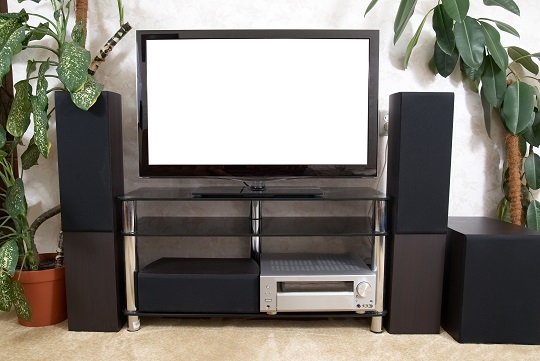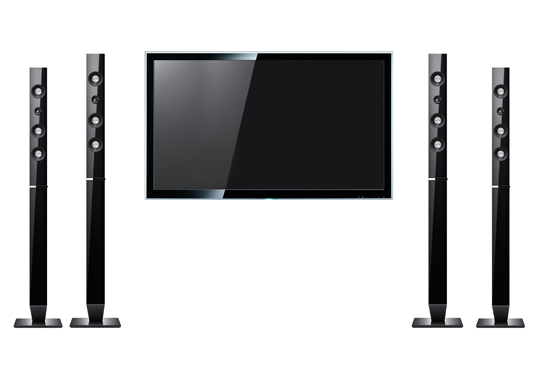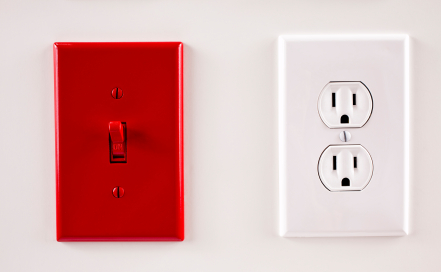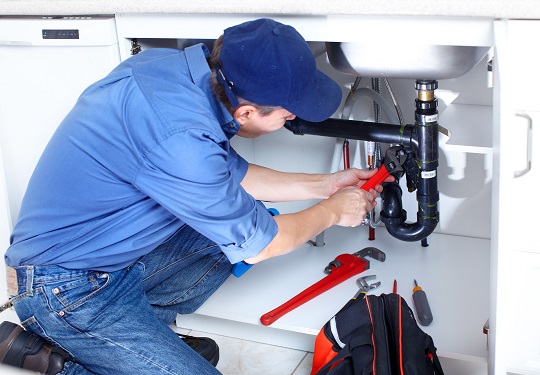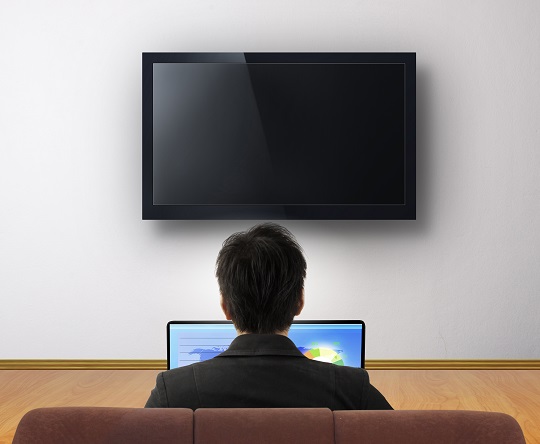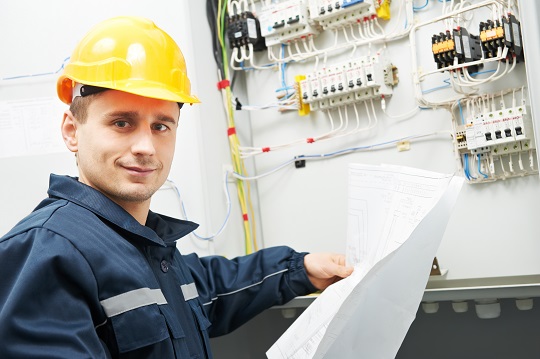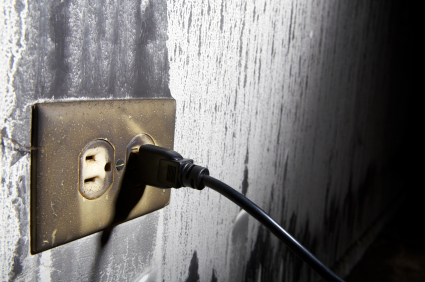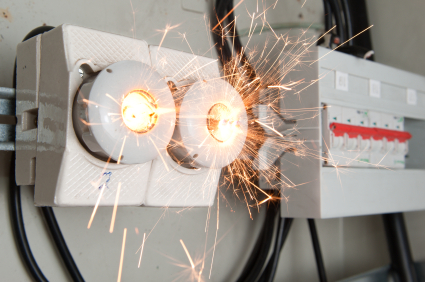Installing the cables of your audio system speakers in the wall will keep the room tidy, improving its overall appearance. Like with all device installation, if you don’t feel at ease handling various tools and working around electrical wires, it’s best to call a professional electrician who can do the job for you.
Before you start wall speaker wiring, you need to make sure you are aware of all instructions and precautions regarding building construction and fire safety. Prior to drilling or cutting any holes into the walls of your house, you should know exactly how they are made and what’s behind them. You don’t want to hit any electrical cables or drill holes in the wrong place. Also, read and closely follow manufacturer’s instructions for speaker installation.
What Do You Need to Do?
There are several steps to take when installing the speakers of your audio system in the walls of your home. Here are some guidelines.
1. Turn the power off before you start working to avoid being electrocuted.
2. Choose the location of your speakers. Locate wall studs with the help of a stud finder. If your wall does not have a stud frame, you won’t be able to proceed with installation.
It’s important to know what’s behind the wall and how it’s made, to install speakers properly and safely. In case your walls are made of brick or concrete, it is advisable to get a professional to do the job. This will save you the trouble of being stuck at some point during installation, and will allow you to avoid unpleasant surprises.
4. Drill a hole in the spot where you want to place the speakers. Use a wire to check whether there’s plenty of space to install the speakers.
5. Check the sizes specified in the owner’s manual and verify the location of the speakers to make sure they fit.
6. Install the speakers.
Need an Electrician?
Not sure you can handle this yourself? Seva Call can connect you with a certified electrician in your local area so you can make sure your speakers are installed properly.

